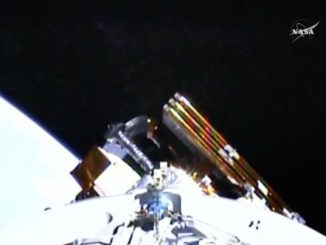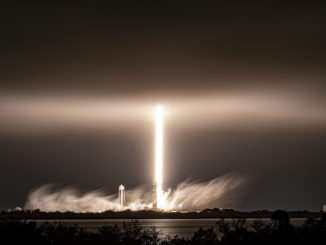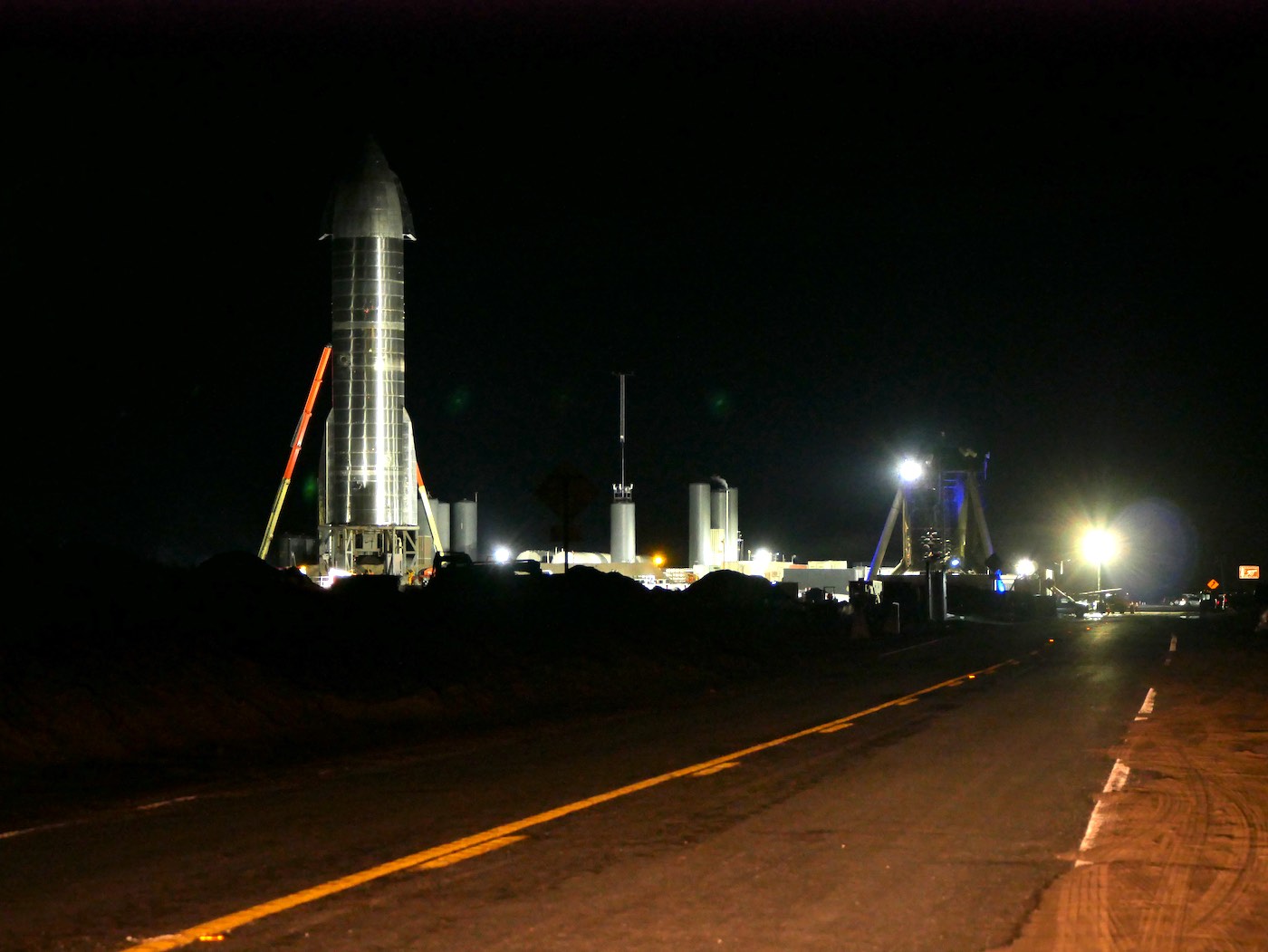
SpaceX is gearing up for the next big leap in the development of the next-generation Starship heavy-lift launch vehicle with a test flight to more than 40,000 feet over the Texas Gulf Coast as soon as Tuesday.
The 164-foot-tall (50-meter) Starship prototype, made of stainless steel, is sitting on a launch mount at SpaceX’s Boca Chica test facility in South Texas, just down the road from the company’s Starship production site on the Gulf Coast near the U.S.-Mexico border.
Designed for vertical takeoffs and vertical landings, future operational Starships could ferry people to the moon, Mars, and other destinations in deep space, according to SpaceX founder and CEO Elon Musk. In a post on SpaceX’s website Monday, officials said teams could attempt the Starship’s first high-altitude suborbital test flight as early as Tuesday.
“The schedule is dynamic and likely to change, as is the case with all development testing,” SpaceX said.
The Federal Aviation Administration has approved the test launch and issued a temporary flight restriction over SpaceX’s Boca Chica test facility beginning at 8 a.m. CST (9 a.m. EST; 1400 GMT) Tuesday and closing at 5 p.m. CST (6 p.m. EST; 2300 GMT).
The FAA has issued similar flight restrictions for Wednesday and Thursday, when SpaceX could perform backup launch attempts if the mission is delayed.
Three Raptor engines will power the rocket — designated Starship Serial Number 8, or SN8 — off the launch mount at the beachside facility in South Texas. The liquid-fueled engines, consuming methane and liquid oxygen, will generate more than a million pounds of thrust at full power.
SpaceX has performed two “hop” tests with full-scale Starship prototypes, each reaching an altitude of about 500 feet, or 150 meters. Last year, SpaceX flew a subscale Starship test vehicle dubbed the Starhopper on 66-foot (20-meter) and 500-foot test flights.
SpaceX engineers believe they are now ready to reach higher. Unlike the previous Starship test flights, the next launch will have a nose cone, forward aerosurfaces, and body flaps to help control the vehicle in the atmosphere.
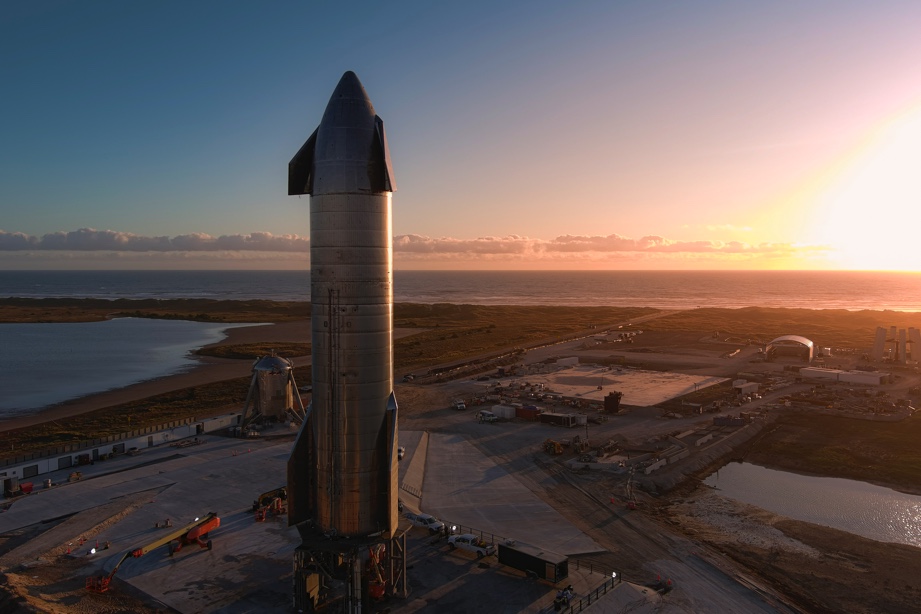
“This suborbital flight is designed to test a number of objectives, from how the vehicle’s three Raptor engines perform to the overall aerodynamic entry capabilities of the vehicle (including its body flaps) to how the vehicle manages propellant transition,” SpaceX said. “SN8 will also attempt to perform a landing flip maneuver, which would be a first for a vehicle of this size.”
After firing its Raptor engines during a vertical ascent to reach a peak altitude of about 41,000 feet, or 12.5 kilometers, the Starship will switch off the engines and begin a free fall back toward the ground. Falling belly first, the rocket will flip to a vertical configuration moments before landing and reignite its engines to slow for touchdown on a landing pad just east of the launch site.
“It just falls like a skydiver, and it’s just controlling itself, and it turns and lands,” Musk said in a presentation on the Starship program last year. “It’ll look totally nuts to see that thing land.”
Nuts or not, that’s exactly what SpaceX aims to test on the Starship SN8 flight. Sensors on-board the vehicle will gather data on the rocket’s performance throughout the experimental mission.
“With a test such as this, success is not measured by completion of specific objectives but rather how much we can learn, which will inform and improve the probability of success in the future as SpaceX rapidly advances development of Starship,” SpaceX said.
Musk has set low expectations for the test flight, tweeting: “Probably 1/3 chance of completing all mission objectives.”
In any event, engineers hope to learn about how clusters of multiple Raptor engines perform in flight and gather data on the aerodynamic handling characteristics of the full-scale Starship. Previous low-altitude, low-speed test flights only had a single Raptor engine and did not require aerosurfaces on the vehicle.
The Starship vehicle measures around 30 feet (9 meters) wide, about one-and-a-half times the diameter of a Boeing 747 jumbo jet.
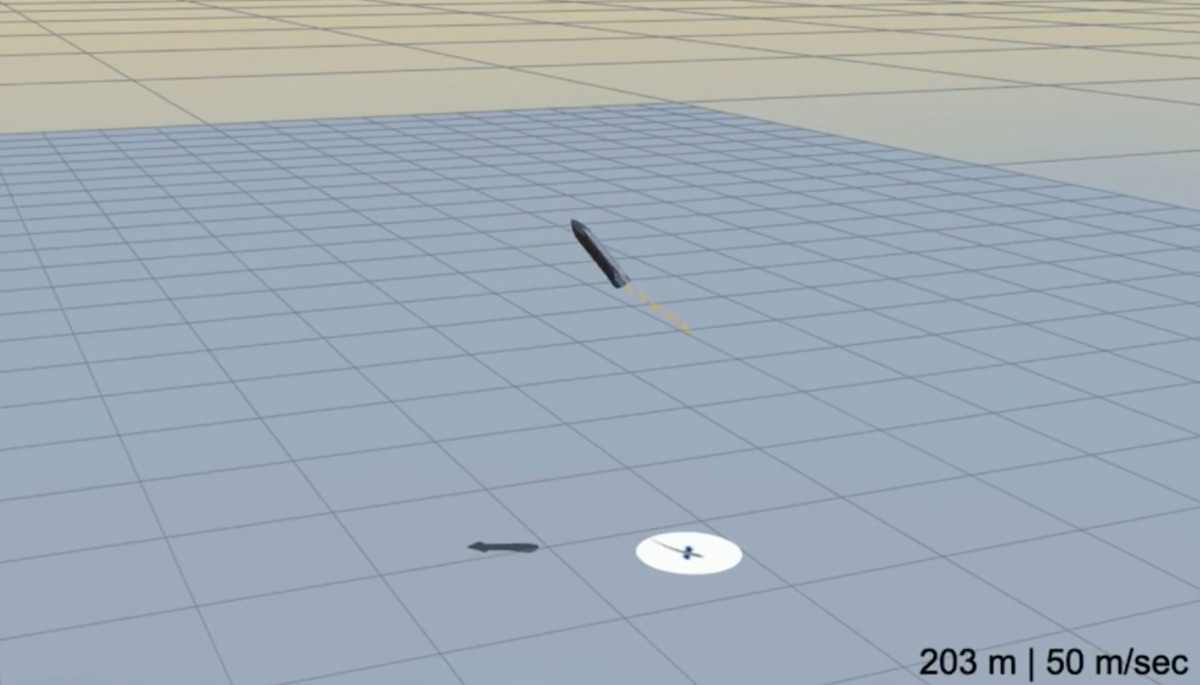
The throttleable Raptor engine is the most powerful engine SpaceX has developed, achieving the highest combustion chamber pressure of any rocket engine in history. Capable of 500,000 pounds of thrust at full throttle, the Raptor is more than twice as powerful as the Merlin engine that flies on SpaceX’s Falcon 9 rocket.
The methane-fueled Raptor is also easier to reuse than the kerosene-fueled Merlin engine, and uses a technically complex full-flow staged combustion design intended to maximize performance.
SpaceX says it has accumulated more than 16,000 seconds of run time during 330 ground engine starts on Raptor engines, including Starship test-firings and four Starship and Starhopper test flights.
“Additionally, with production accelerating and fidelity increasing, SpaceX has built 10 Starship prototypes,” SpaceX said. “SN9 is almost ready to move to the pad, which now has two active stands for rapid development testing.”
SpaceX has rapidly expanded its South Texas production and launch facility, which now has a large vertical rocket integration building and an ever-growing footprint of support buildings, fuel farms, and other infrastructure.
“SN8’s flight test is an exciting next step in the development of a fully reusable transportation system capable of carrying both crew and cargo to Earth orbit, the moon, Mars, and beyond,” SpaceX said.
SpaceX said it will provide a live video feed of the SN8 test flight. The YouTube video stream is embedded at the top of this story.
The Starship will function as the upper stage on a towering launch vehicle standing nearly 400 feet tall (120 meters). The first stage on the huge launcher, named the Super Heavy, will be powered by 28 Raptor engines.
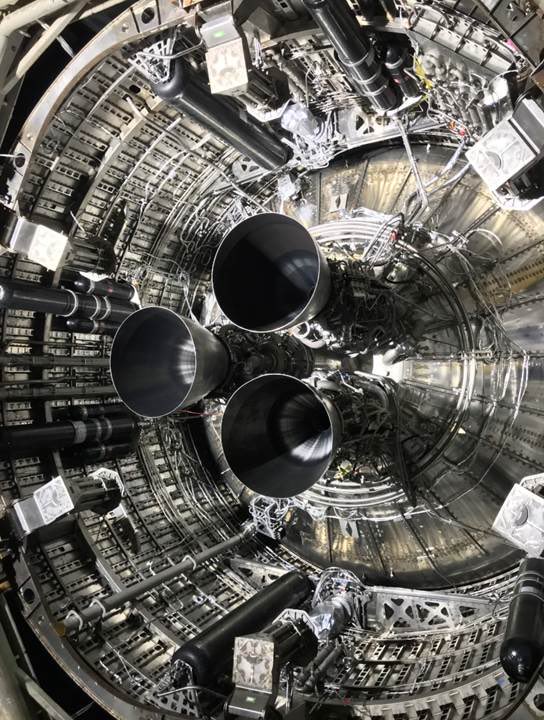
Once operational, the Starship could carry more than 100 metric tons, or 220,000 pounds, of cargo to low Earth orbit, more than any rocket in the world. With life support systems and in-space refueling, Starship missions could eventually transport people to the moon, Mars, and other distant destinations.
Starship is central to the vision of Musk, who established the company with a mission of sending people to Mars. Future Starships could cruise to Mars with up to 100 people, Musk says.
Musk has emphasized SpaceX’s progress on production capabilities and ground infrastructure, allowing the company to rapidly build prototypes, test them, and introduce upgrades and modifications on follow-on vehicles.
SpaceX has started building parts of the first Super Heavy booster, which will be the first stage on the full-scale Starship vehicle. Starships like the vehicles currently undergoing testing will serve as the upper stage stacked on top of the Super Heavy.
Like the early Starship test flights, the first Super Heavy prototypes will fly to low altitudes with just a few Raptor engines.
For an orbital mission, the Starship will also need a heat shield for re-entry.
Both stages will come back to Earth for propulsive landings, much like the first stage on SpaceX’s partially reusable Falcon 9 rocket. That will make the Super Heavy and Starship fully reusable.
No stranger to setting out ambitious schedules for SpaceX programs, Musk said in October that he is “80 to 90% confident that we will reach orbit with Starship next year.”
Musk said last year said the first orbital launch of Starship could happen in 2020. Despite the fast rate of progress, SpaceX won’t meet that schedule.
In August, Musk said that SpaceX is not yet performing much development of the life support systems Starships will need to accommodate people. That will come after SpaceX can prove the vehicle can fly successfully.
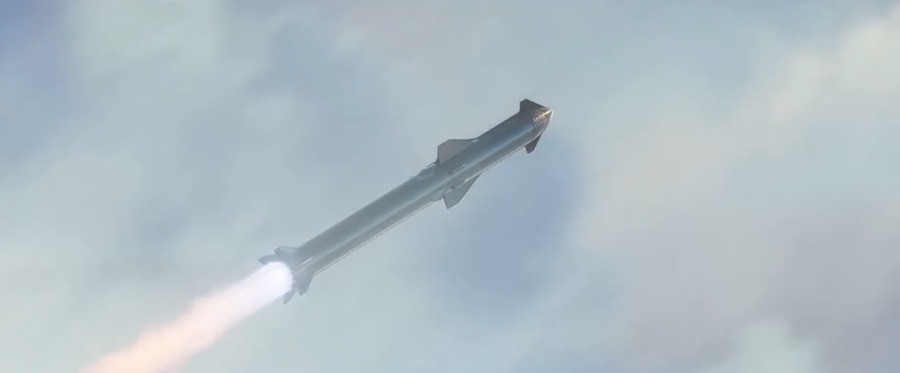
SpaceX’s longer-term roadmap includes an in-orbit refueling capability to make trips to the moon possible. NASA selected SpaceX’s Starship vehicle in May as one of three contenders — alongside Blue Origin and Dynetics — for a human-rated lunar lander the space agency will fund for crewed moon missions later this decade.
The moon missions will require SpaceX to master in-orbit refueling between two Starships. Musk said earlier this year he thinks SpaceX has a shot of accomplishing that in 2022.
More recently, in a Dec. 1 ceremony in Berlin in which he received the Axel Springer Award from the German publishing company, Musk said he is “highly confident” that SpaceX could achieve the first human landing on Mars in six years.
“If we get lucky, maybe four years,” he said. “And we want to try to send an uncrewed vehicle there in two years.”
Email the author.
Follow Stephen Clark on Twitter: @StephenClark1.


